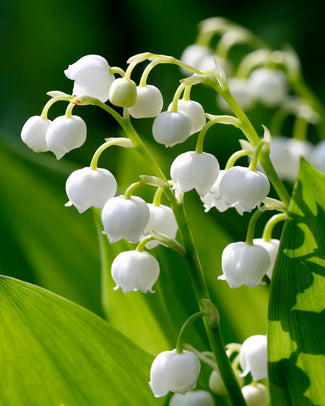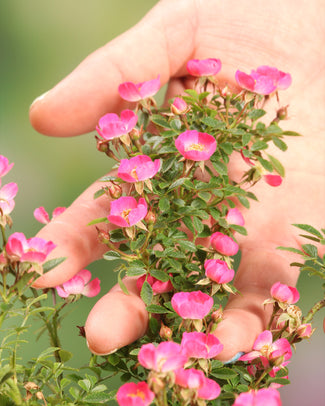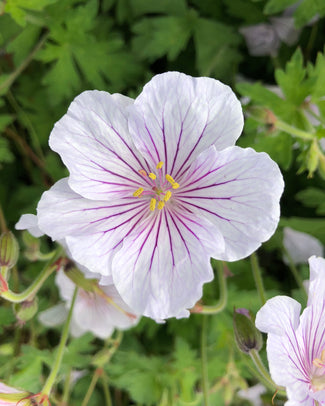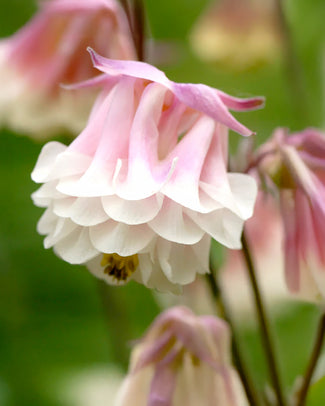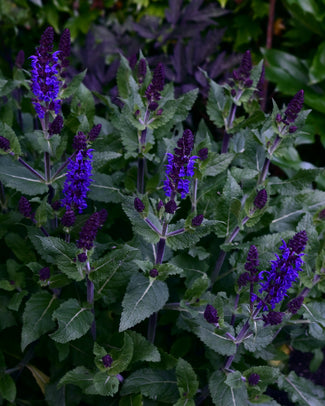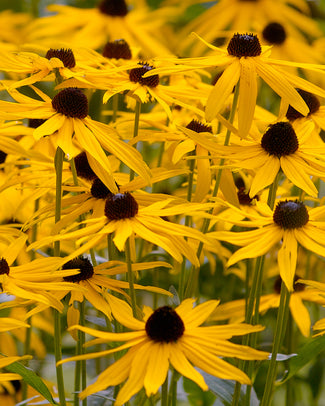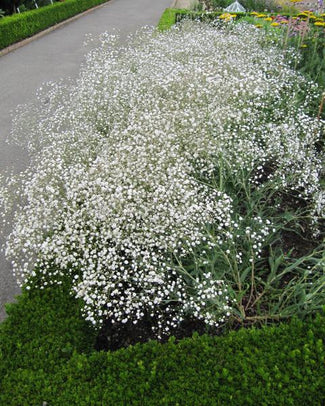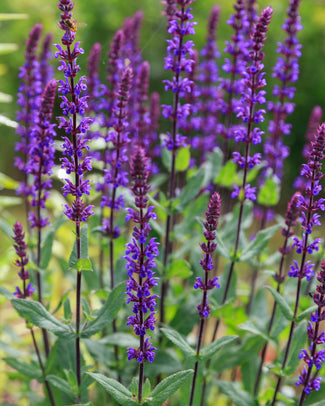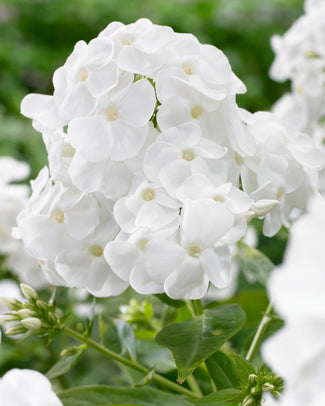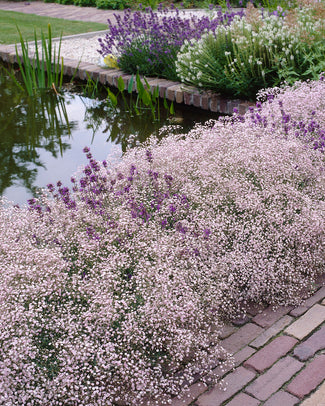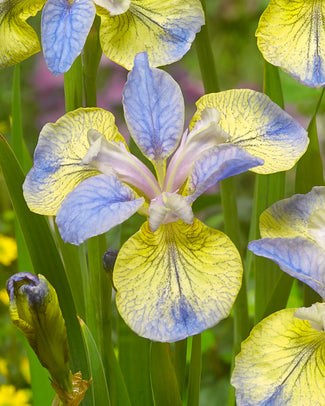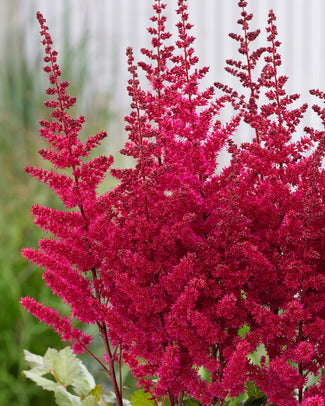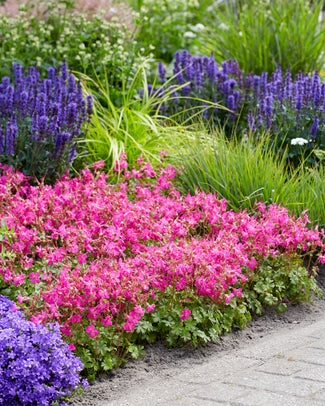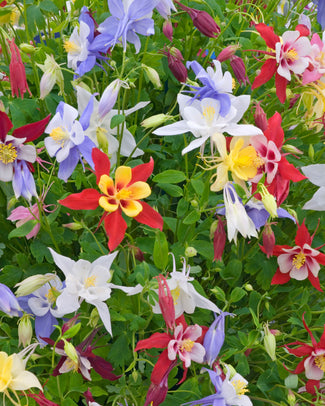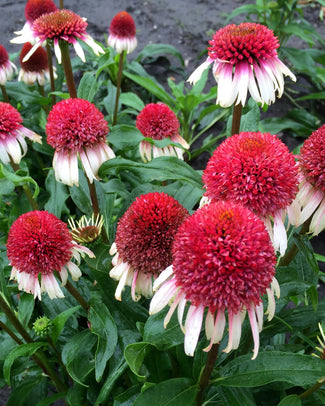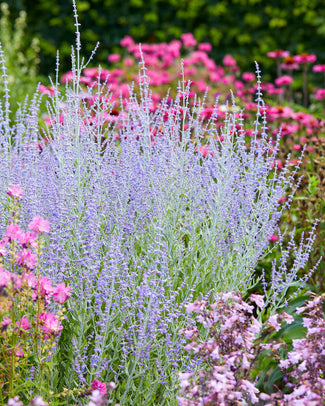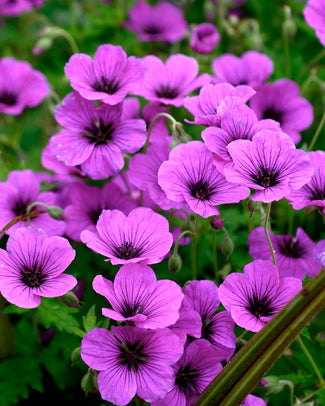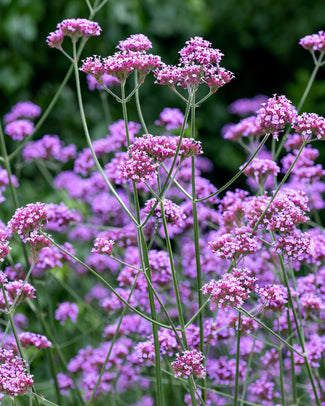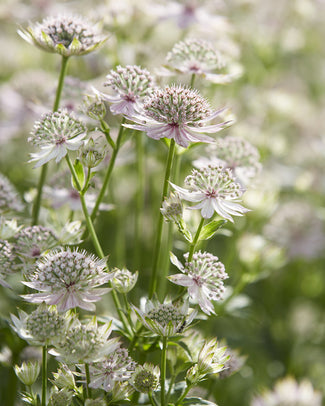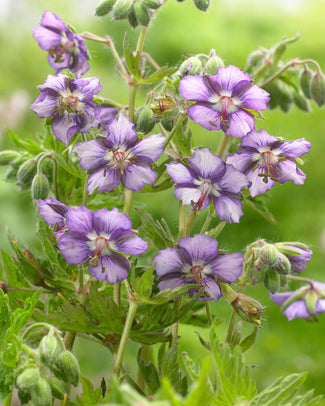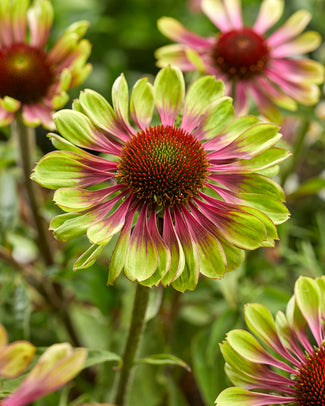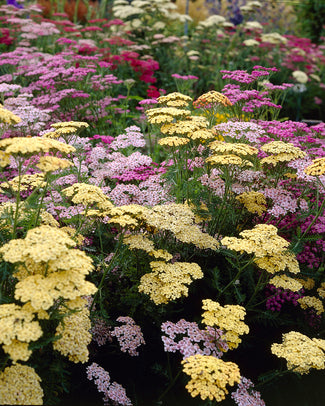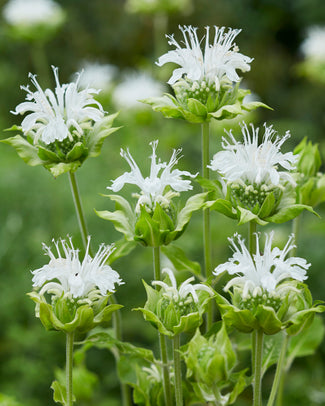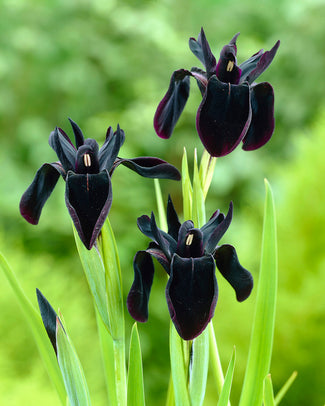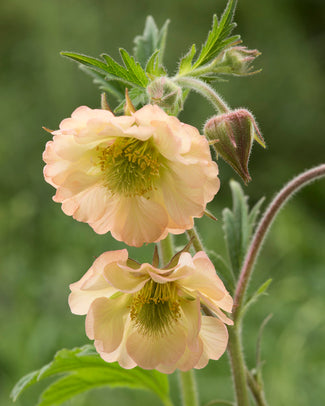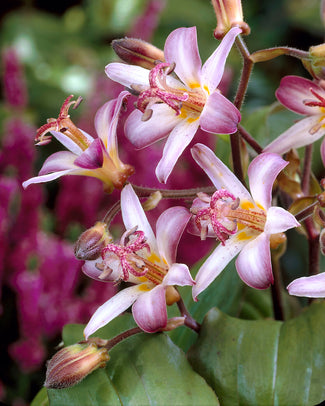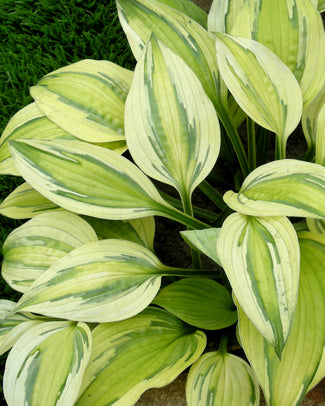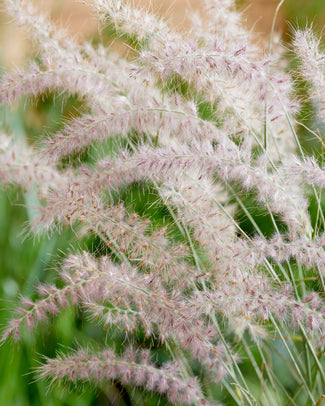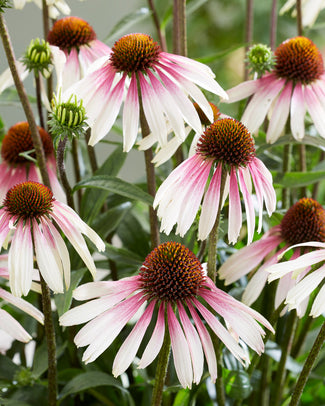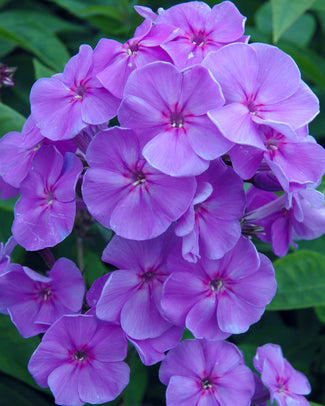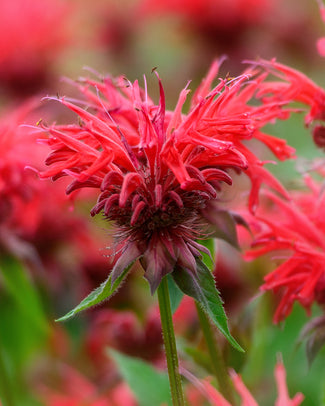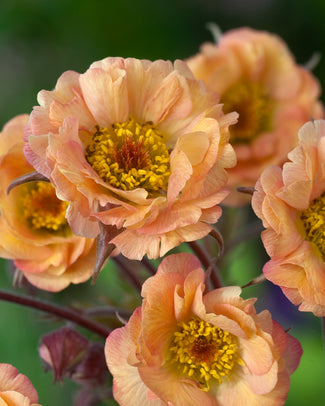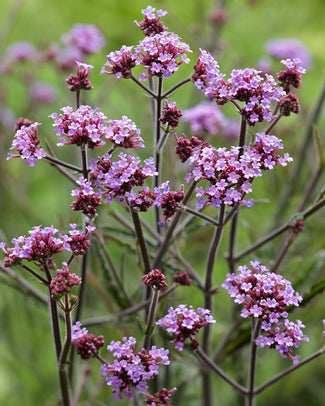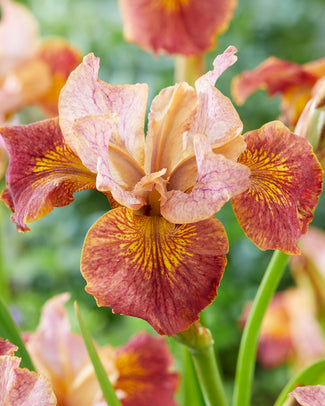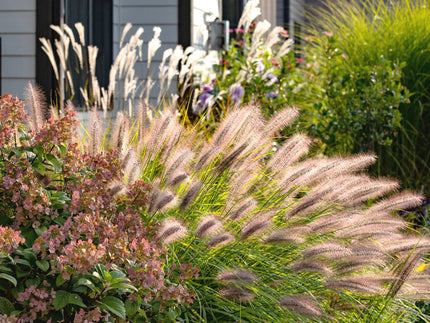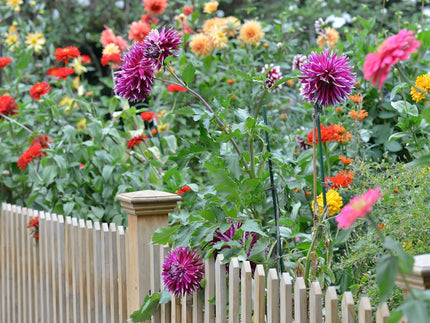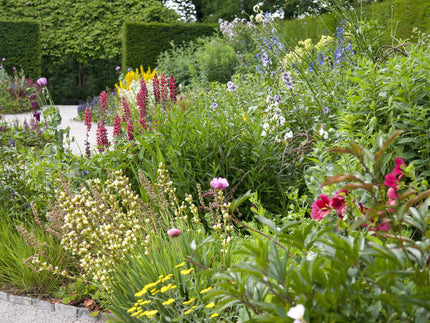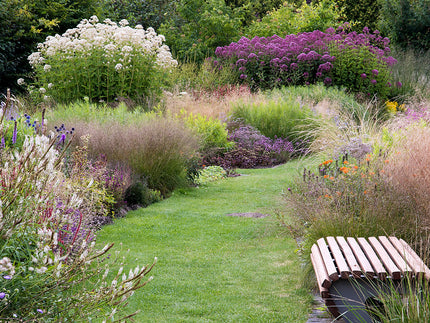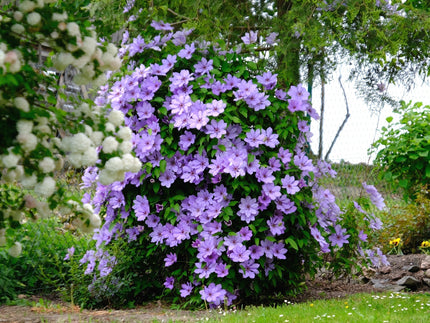How to plant Saponaria
Saponaria ocymoides (Tumbling Ted) is a hardy perennial with a creeping/spreading habit. It can be used to form a ground cover in sunny spaces, or as an attractive cascading plant if planted over retaining walls or raised beds. This low growing species is perfect for growing in rockeries and gravel gardens too. It can even flourish in cracks between paving stones!
Commonly known as Soapwort, this hardy sun-lover is ideal for free draining, sun baked borders where their profusion of flowers attract bees and butterflies to the garden. Flowering for months throughout the summer, it asks for little in return so there’s no tricky maintenance to negotiate.
How to plant
- Saponaria are supplied in spring and autumn, they should be planted in the same season as supplied. In spring, plant between February and May, or in autumn between September and December. Bare rot plants should ideally be planted within a week of delivery.
- Soak the roots in water for 3-6 hours prior to planting. Pot into temporary 2 litre (or 15-20cm diameter) pots, using a good quality multi-purpose compost. Plant so that the roots are fully submerged in the soil and the top of the roots system or buds are level with the soil surface. If there are shoots or leaves developing, they should be left exposed above the soil surface.
- Grow them on in their pots in a sheltered spot outside for 2-4 months, they can be transplanted into borders in a suitable location in late spring/summer once growth is established, or when the plant is easily removed from the pot with the soil held intact by the roots.
- Saponaria thrives in a sunny position in fertile, well drained soil. Once established it can tolerate poor, dry, stony soils. It’s best to avoid very heavy clay soils that sit wet in winter, as this can cause the roots to rot.
- This perennial is fully hardy and does not require winter protection.
- Water-in after planting and keep well hydrated when in growth in summer, particularly during the first year.
Aftercare
- Saponaria will start to produce new leaves in spring, then flowers from June to August, smothering the semi-evergreen foliage.
- Some stems may naturally die back in late autumn. Trim away any dead stems at this point.
- Once established, these hardy perennials require virtually no further maintenance. In favourable conditions, Saponaria will gradually spread to fill a good space. Lift and divide the plants in spring or autumn every few years, to keep them within your boundaries and to maintain their vigour.
































































































































































































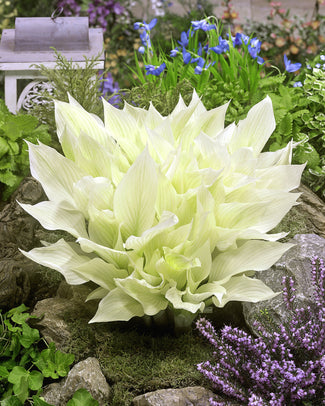
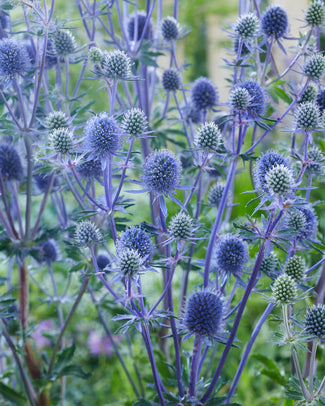
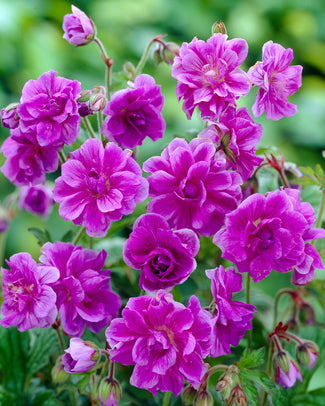
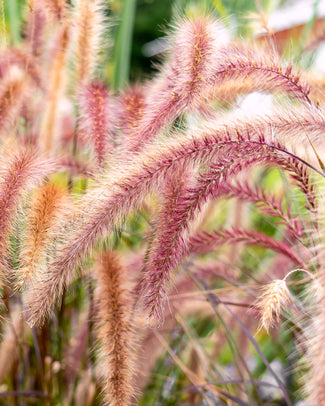
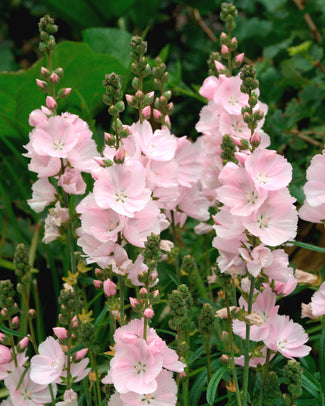
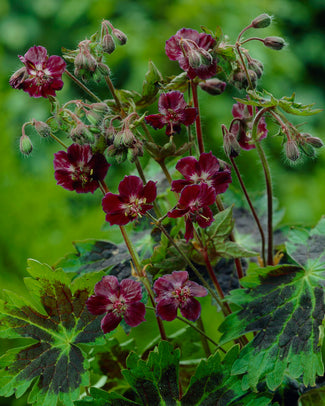
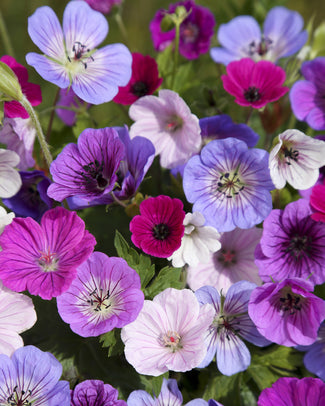
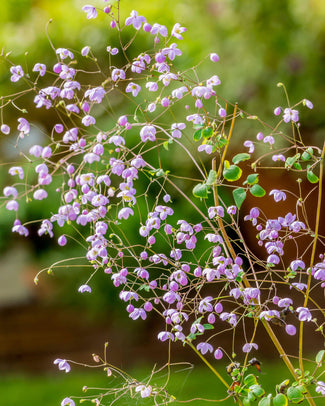
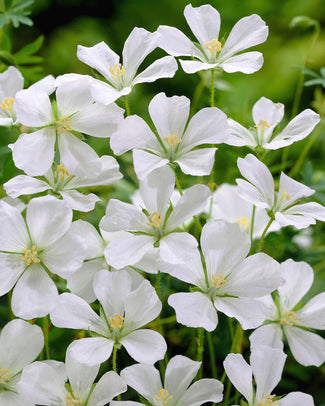
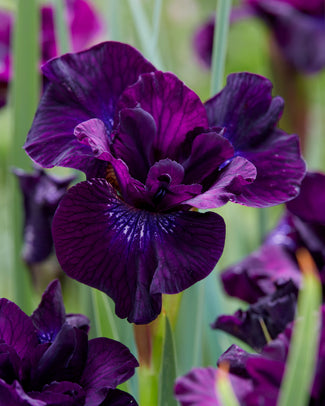
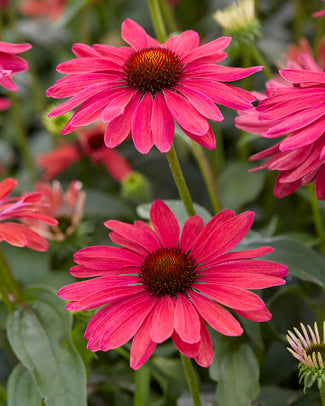
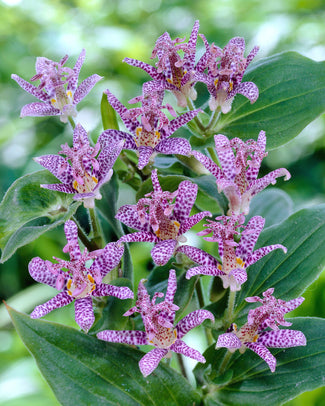
![Agapanthus 'Black Buddhist' []](http://www.farmergracy.co.uk/cdn/shop/products/agapanthus-black-buddhist-1_325x.jpg?v=1575625838)
